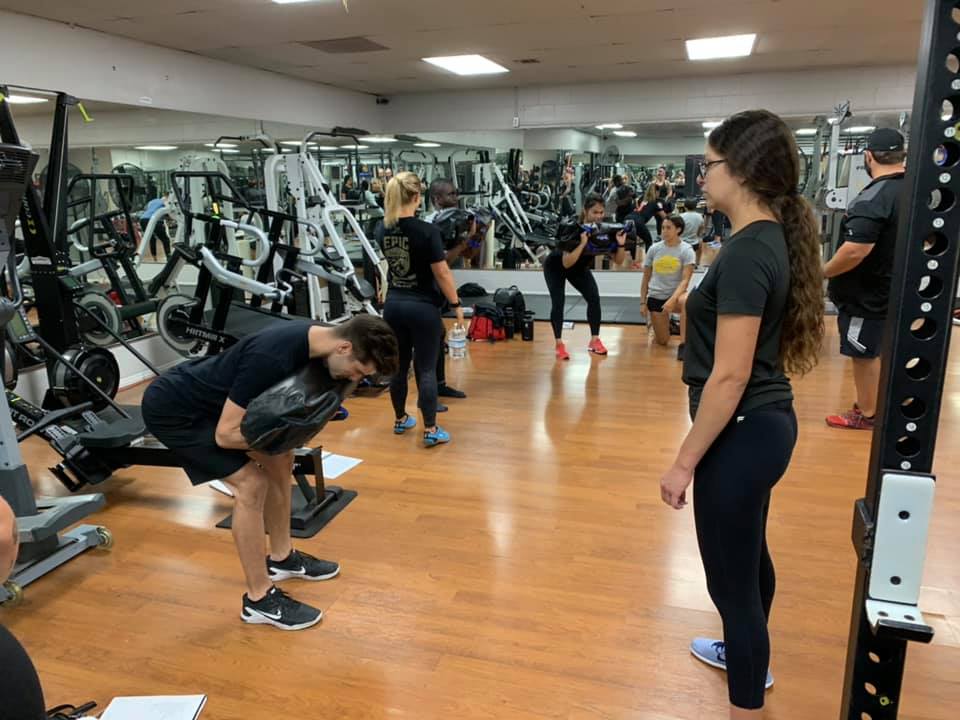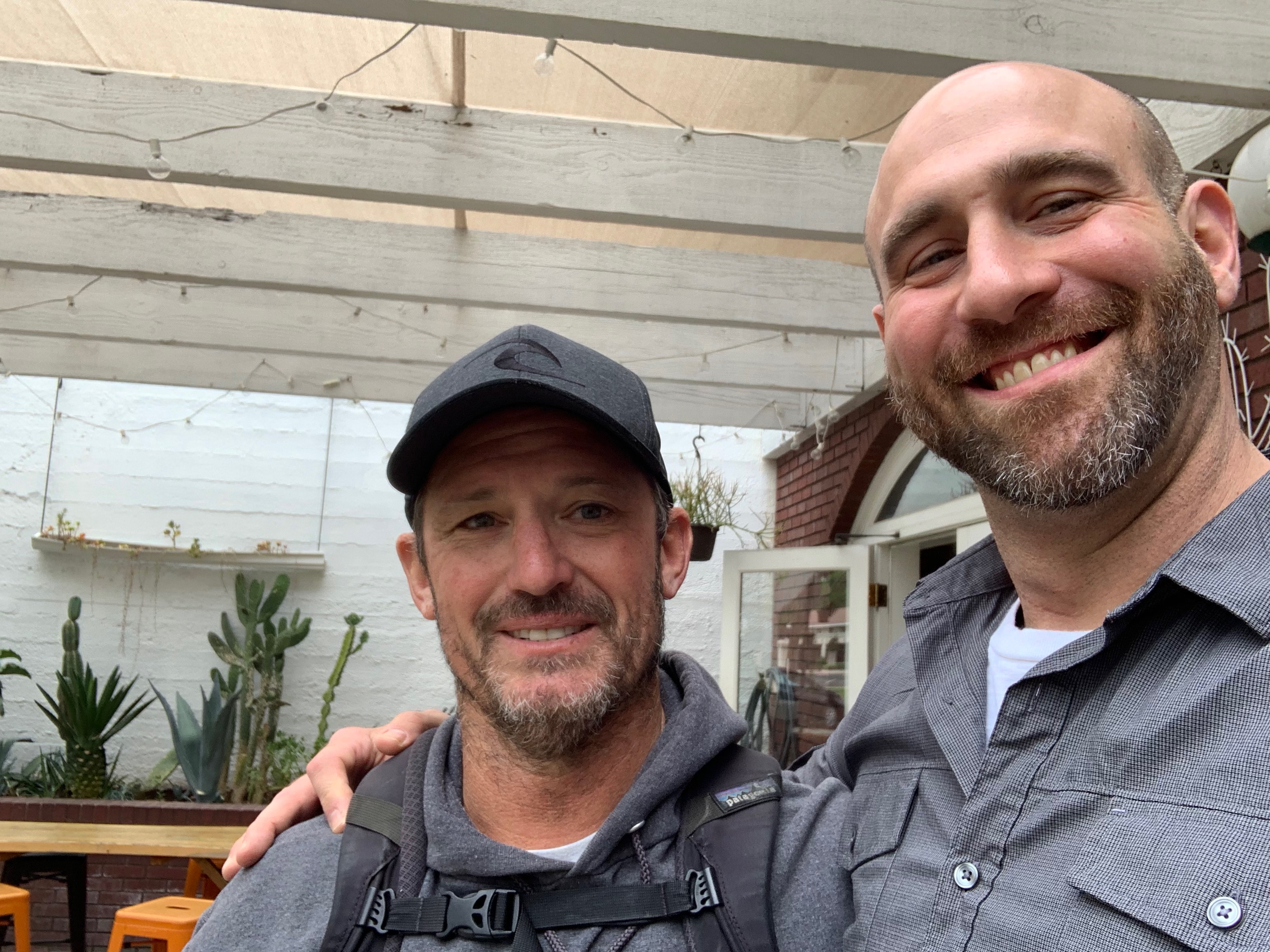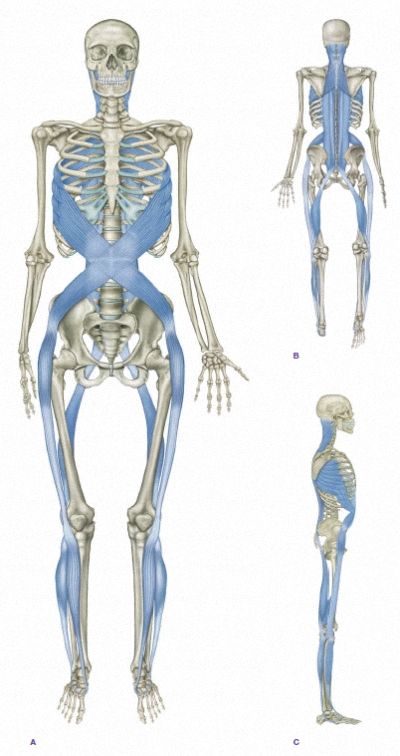What’s A Good Warm-up?
2019-08-18
One of the most effective things we do at DVRT is to show coaches and fitness enthusiasts how to be more time efficient with their training. As a popular coach once said, “everything works” that gives the impression that many techniques can deliver a result. The bigger questions are more important such as “are all results equal?”, “can we get better and faster results from some methods over others?” Of course we believe the answer is yes after working with so many people over the past almost 20 years.

A great example is when I had a conversation with strength coach, Matt Durant about just this topic. He mentioned how he gets asked all the time about how to do effective warm-ups. That discussion got me thinking that while we give some ideas, we haven’t ever really laid out how we look at how to develop a warm-up that makes a true difference.

After all, most people hate to warm-up and I totally get it! We are all strapped for time so the idea of spending time on something that doesn’t feel like it is getting us to our goal then it becomes tougher and tougher to justify!
However, while a warm-up may not be overall “sexy”, doing it properly can play a big part in getting you results. Why? If we focus on an effective warm-up we can lift more, condition more, we can train more often and more intensely because we don’t hurt and can stimulate recovery better.
All sold, but it is about being efficient and wise about how we spend our time for our warm-up. It doesn’t have to be super long, but it can be a game changer for many programs. So, how do we do it?
Soft-Tissue Work
Something that we haven’t spoken a lot about (we do address in our Shoulder Course) is soft-tissue work. Yes, foam rolling, trigger point work, all that good stuff. While some think it is a controversial topic, I don’t think it is all that. It works! Why? For a variety of reasons, but people feel and perform better afterwards. The REAL question is how much time and what do we focus upon.
In our warm-up I like for 3-5 parts of the body that are causing issues for a lot of people. Most people have many similar issues so we can make some generalizations for our warm-up unless someone obviously has something specific they need. The issue arises when people think they have to do EVERYTHING on their body and it takes up WAY too much time and isn’t necessary.
If your tissue is that unhealthy, then we have to ask questions about nutrition, sleep, lifestyle, and yes, training! So, what are good areas to focus upon?
-Upper Traps
-Quads/IT Band
-Abdominals
-Mid Back
-Calves

Stretching?
You probably noticed we don’t speak a lot about stretching when it comes to developing our warm-up. That doesn’t mean that we don’t think there is any value to stretching, but often times “tightness” isn’t from a muscle tissue lacking flexibility, but rather a protective mechanism the body has in place. This “defense strategy” is based upon often a lack of stability or motor control of an area. Why we spend time teaching about how the bodyworks is so people understand better solutions.
An example is that for a lot of people, thinking that improving hip stability helps shoulder mobility is an odd idea. However, if we know that the opposite hip works the shoulder during locomotion then we know there is a connection. If we go deeper and realize that the foot drives the hip then we can trace a shoulder mobility issue all the way back to actually a foot issue. Something stretching won’t help, sure it will make you feel good for a few minutes but as soon as you start walking around your shoulder will tighten up because it wasn’t a muscle issue.

So, while I am not against some targeted stretches, there are often better ways to approach these issues. The video below shows how such drills actually build better mobility than stretching alone. Using a series like these makes for a superior warm-up.
Activation
Where we spend the most amount of time is layering upon ideas we showed above in our warm-up. That is making strong connections in the chains of our body that when working at the higher levels, is what makes us strong, move well, and perform our best. Why doesn’t everyone do this then?
Many try, but our failure of focusing on how our body creates movement often leads people to spending lots of time doing “stuff” but not making their training more effective. That is why we use our DVRT drills not to just do cool exercises, or make our training more challenging, but we are teaching the body through exercise how to make these connections.
If we take the approach of trying to do these drills to look at what individual muscles or joints we are trying to hit, we are going to be missing the point! It is about teaching the muscles to work better together and the joints to find how to combine to find proper stability to create better mobility. This synergy between all systems of our body is what makes these drills and warm-up series so great. It is the INTENT behind the exercises and the details in how they are performed that make everything so powerful.
Only when you can combine the how and why do we get the changes that seem like “magic” but are just really the application of science. If you are worried, “hey Josh I want to just workout and not have a PhD in kinesiology.” I get it! It doesn’t take a lot, it simply takes putting in a little care to get BIG results. I don’t know about you, but that sounds like a fair trade off to me!
The whole warm-up is about 15-20 minutes. Is that a lot? If our focused strength training is about 25-35 minutes that means our training is still under an hour. If we can achieve great fitness goals and feel better doing it, isn’t dedicating specific time and energy to being smarter with our training worth it?
Save 20% on our Ultimate Sandbags, DVRT Online Education, and Workout programs this week with code “save20” HERE
© 2024 Ultimate Sandbag Training. Site by Jennifer Web Design.







